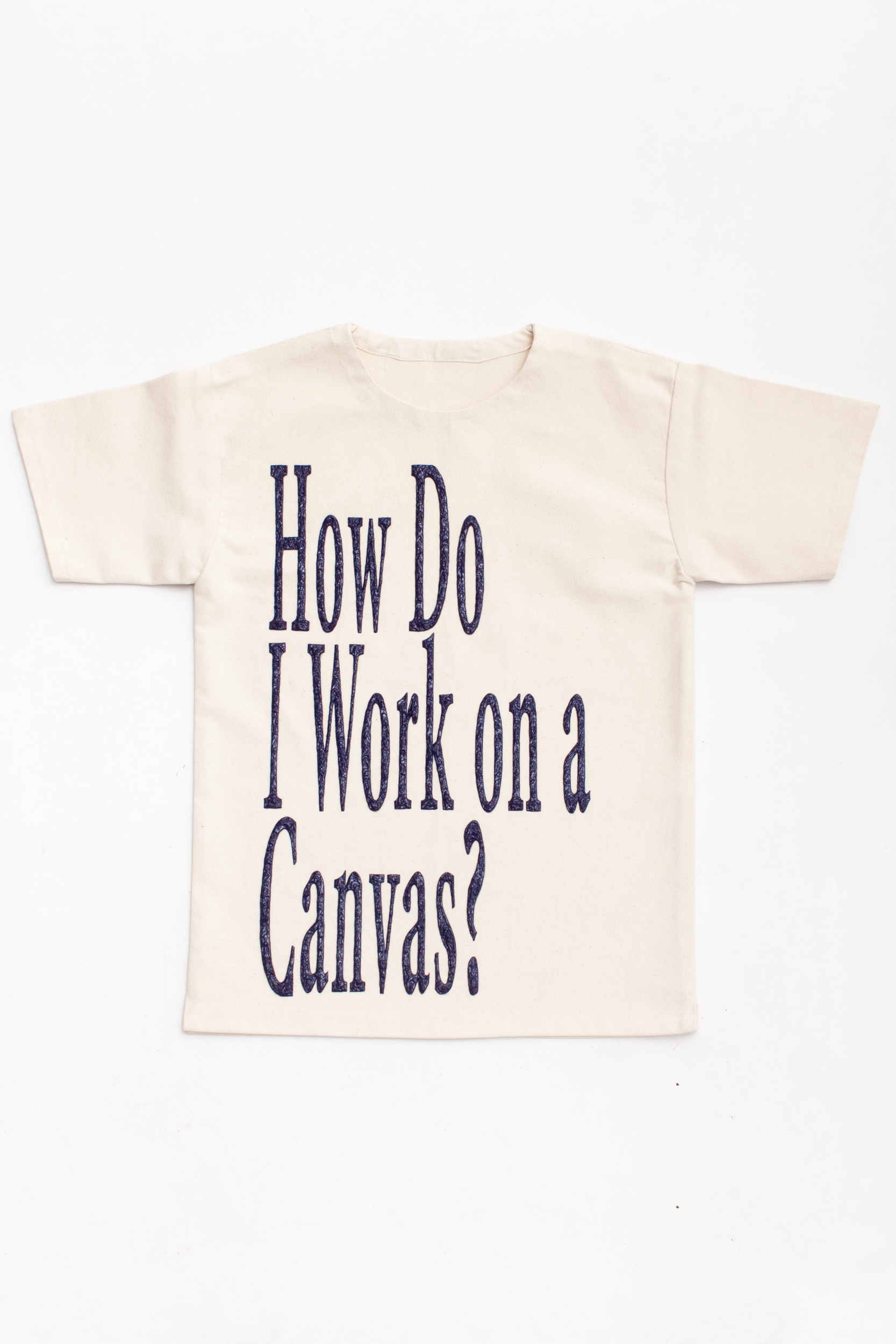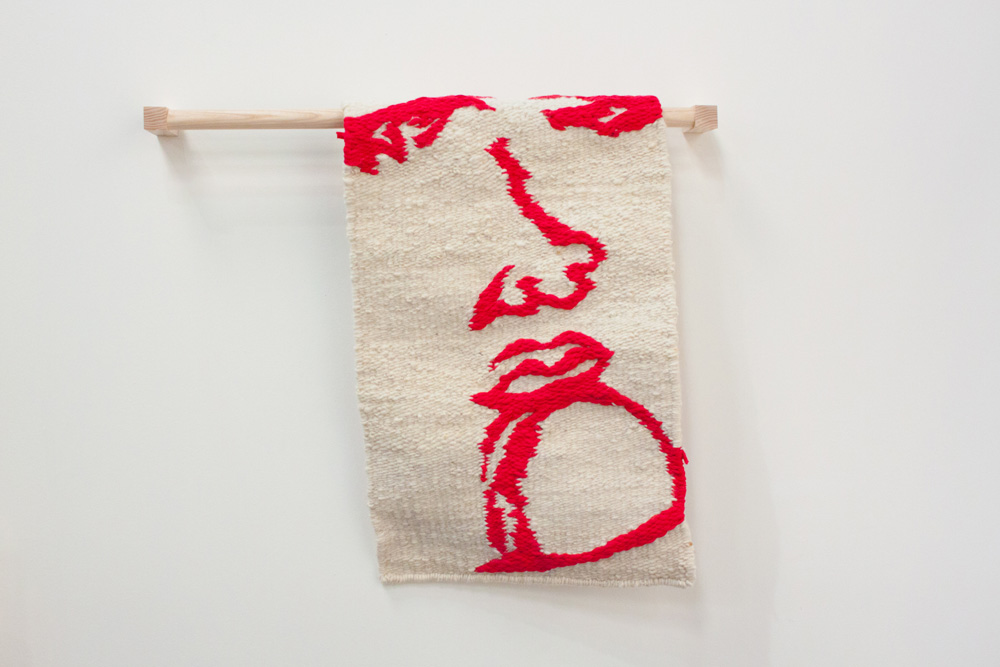Shall We Move On?
a solo presentation at the FNB Joburg Art Fair, 2017
by Dale Lawrence, Claire Johnson, Morné Visagie and Matthew Freemantle
presented by SMITH
a solo presentation at the FNB Joburg Art Fair, 2017
by Dale Lawrence, Claire Johnson, Morné Visagie and Matthew Freemantle
presented by SMITH

In any art practice, the artist’s beliefs and preferences determine their mode of practice, their output somehow being a translation of a belief in a superior way of being of doing. These artworks at no time contain the artist’s thoughts and beliefs in a pure or direct way. They are fragments, and even when viewed collectively are only a window into the world of the artist. They can never fully or perfectly convey thought.
At the same time, our culture and economy operates on the exhange of products: objects with direct practical use, or imbued with a cultural use. In this sense, the creation of artworks is an attempt to make accessible the artist’s ideas, using the cultural currency of objects. If there is no commodity or economic engagement, ideas remain private and undistributed: the property of the artist alone.
When viewed like that, the mass produced reproductions of these artworks, found in museum shops in the form of merchandise, are comparable to the artworks themselves in significance. They are simply further commodification of the original intent. They are another degree removed from the artist, the result of the same process, only with artwork as input rather than artist.
Is it necessary to have art in the form of a tradable object, and how does the changing of the form of the commodity change the engagement with the concept. If art wasn’t sellable, how could it be distributed? If art is about communicating ideas, then is merchandise superior to the art object, because—even though it communicates less detail, less vital information—it has much greater reach, therefore having greater total communication potential. If so, then art distributed on the internet—and much of internet art—is akin to the merchandise found in museum shops.
What does it mean for the artwork if the disposable reproduction has more value than the original? Is the artwork simply a middle-man: a compromise between purity and accessibility? One would hope not, because we know that history does not favour the middle man.
The exhibition presents a musuem shop of merchandise that has no original. The artworks exist as catalogues, t-shirts, mugs, kitchen towels and exhibition posters, that derive in roundabout ways from an interview about the exhibition. The source material—the interview—is filtered through Google Translate, image searches, phone cameras and Photoshop actions to activate and accellerate mistranslations.
At the same time, our culture and economy operates on the exhange of products: objects with direct practical use, or imbued with a cultural use. In this sense, the creation of artworks is an attempt to make accessible the artist’s ideas, using the cultural currency of objects. If there is no commodity or economic engagement, ideas remain private and undistributed: the property of the artist alone.
When viewed like that, the mass produced reproductions of these artworks, found in museum shops in the form of merchandise, are comparable to the artworks themselves in significance. They are simply further commodification of the original intent. They are another degree removed from the artist, the result of the same process, only with artwork as input rather than artist.
Is it necessary to have art in the form of a tradable object, and how does the changing of the form of the commodity change the engagement with the concept. If art wasn’t sellable, how could it be distributed? If art is about communicating ideas, then is merchandise superior to the art object, because—even though it communicates less detail, less vital information—it has much greater reach, therefore having greater total communication potential. If so, then art distributed on the internet—and much of internet art—is akin to the merchandise found in museum shops.
What does it mean for the artwork if the disposable reproduction has more value than the original? Is the artwork simply a middle-man: a compromise between purity and accessibility? One would hope not, because we know that history does not favour the middle man.
The exhibition presents a musuem shop of merchandise that has no original. The artworks exist as catalogues, t-shirts, mugs, kitchen towels and exhibition posters, that derive in roundabout ways from an interview about the exhibition. The source material—the interview—is filtered through Google Translate, image searches, phone cameras and Photoshop actions to activate and accellerate mistranslations.

Seeing the Real Thing Is Almost Better than Owning It #4, oil on canvas









































Read interview with Alix-Rose Cowie here